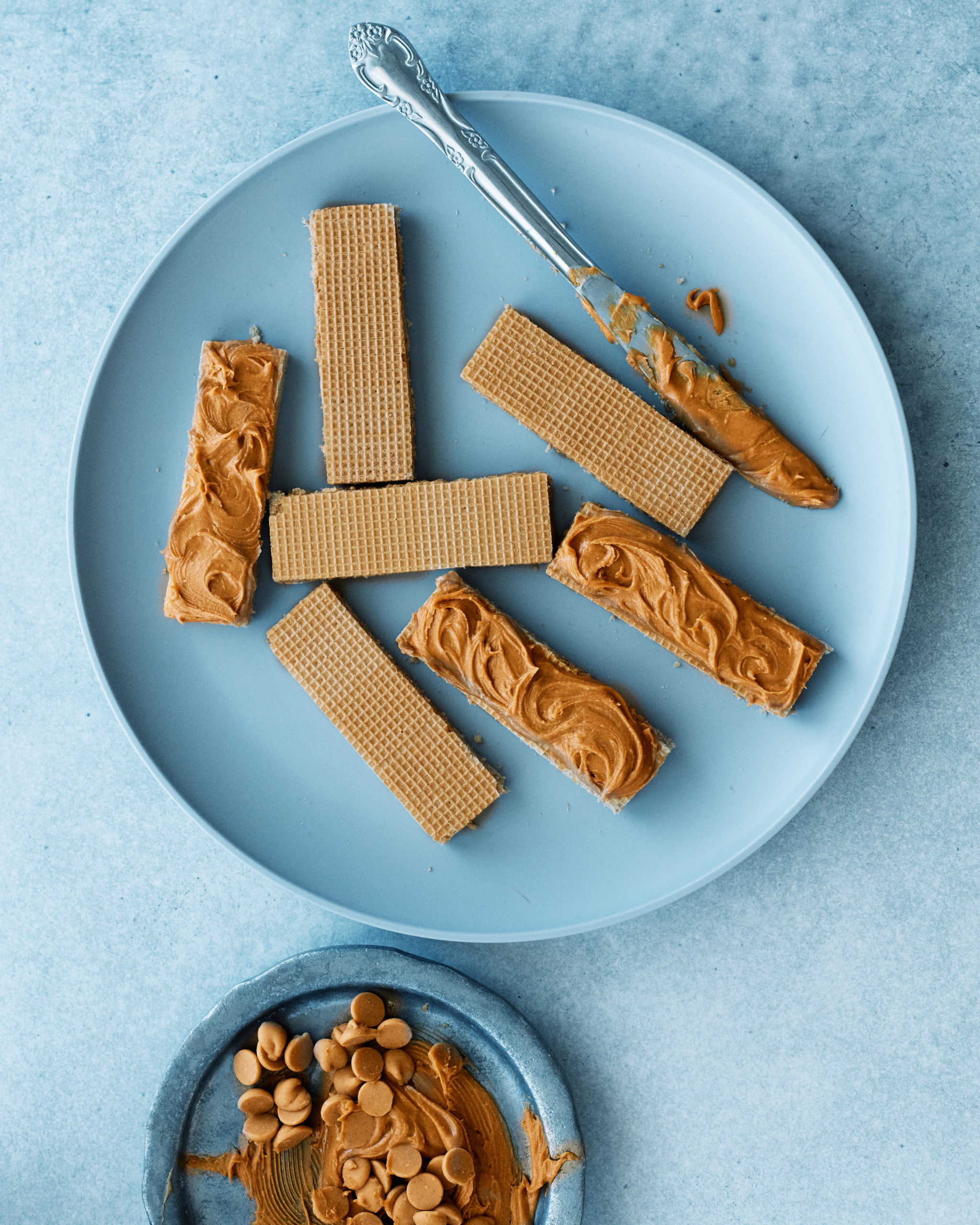November 15, 2021
Today, I will teach you how to create a stunning, mouthwatering food photo of delicious food. People eat with their eyes first, and a picture can make or break a dish. Our goal is to make the dish look tasty, and we’re going to help it do that with three things. We call them the 3 P’s for food photography.
Place: Composition and background
I like to think of food photography as having two components: the technical (equipment) and the artistic (arranging food). The technical side of food photography is fairly straightforward. It’s all about light. I’m very conscious that lighting and background are secondary to composition.
I try to make sure that my food has a “lead.” Something in the foreground that draws your eye and “leads” you toward the main focus of the photo. Maybe it’s something in the foreground, like a carrot with its tops still attached or a pile of fresh herbs. Or perhaps something midground, like a small bowl of crispy shallots or pieces of corn with lime zest. Whatever it is, it should catch your viewer’s eye.
Preparation: Deciding what mood you’re trying to convey with each image.
It’s important to think about the feeling you want your picture to have before you take it. That’s the creative part of photography, and it’s up to you. What feeling do you want the viewer to get from the picture? Is it happiness, sadness, calmness, or joy? And then take it a step further and think about what clues make a photo feel happy, sad, or excited. If you know what emotion you want to show, it will be easier for you to choose an angle and lighting that will help your picture convey that emotion.
Presentation: Think about color, texture, and styling.
The best food photographers will take advantage of color, texture, and styling to create a sense of excitement and anticipation about what’s coming next. Color is the first thing people notice, and these include plates, bowls, napkins, cups, or even forks or spoons, so you must understand color theory. By understanding what colors go together and which ones contrast with one another, you’ll be able to create a more vibrant and well-rounded picture.
What can texture do for a food photo? A textured background can be an important element of the overall image in food photography. Texture provides it with a feeling of age and makes it interesting. A textured background can give an image life, and it can tell a story. For example, if you are shooting something with an irregular surface, like strawberry ice cream or orange cake, you will want to use a textured background that contrasts well.
One of the best ways to get people excited about your images is to get them talking. The best way to do this is to make sure that your photos are visually interesting, and the 3 P’s (Presentation, Preparation, and Presentation) of food photography can help you.
Contact us today to discuss your next project with us and to learn more about the three P’s in food photography.
Related
© 2021 Austin Food Guide | Brand + Website by Carrylove Designs | Reserve Your Spot
